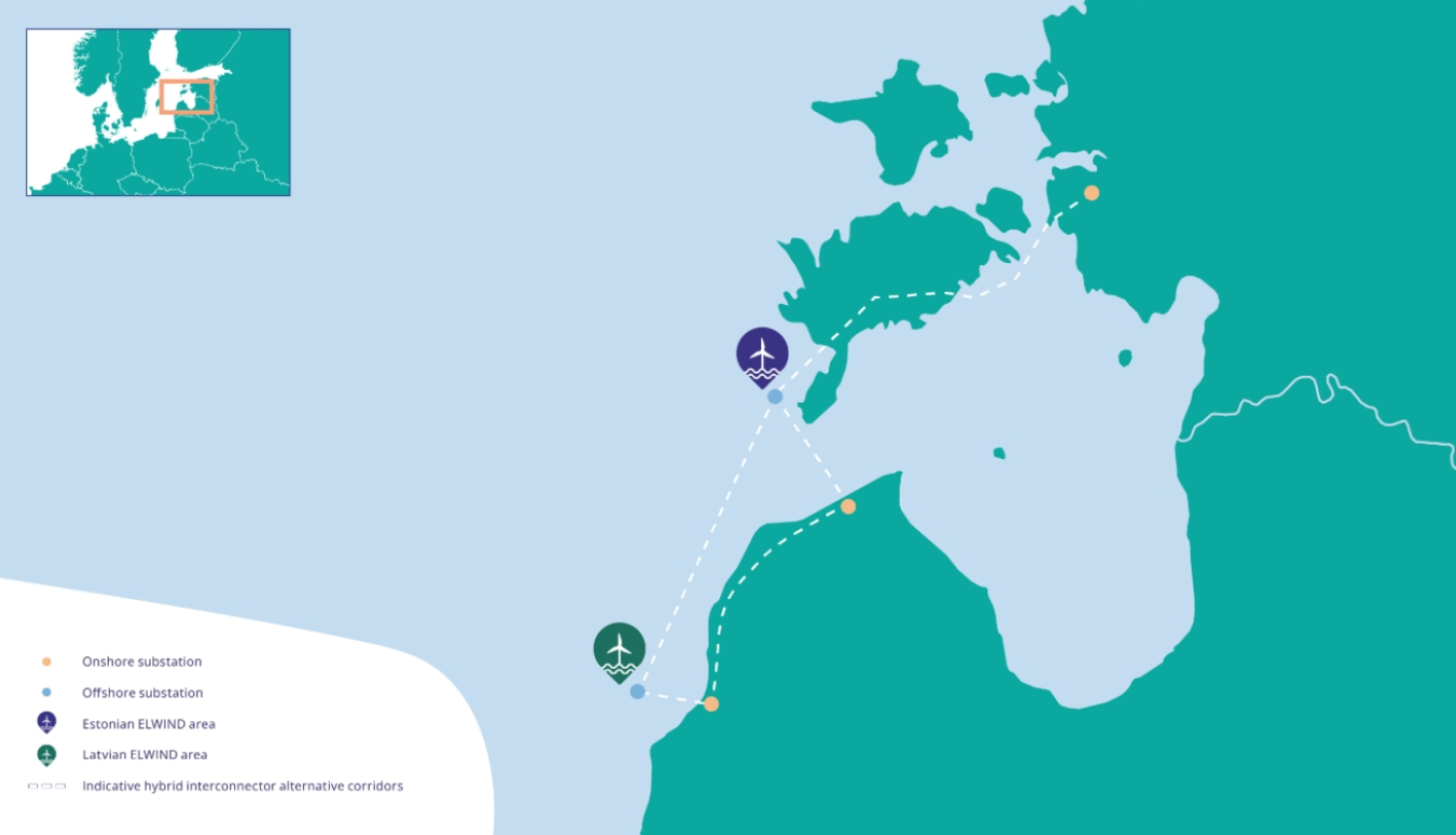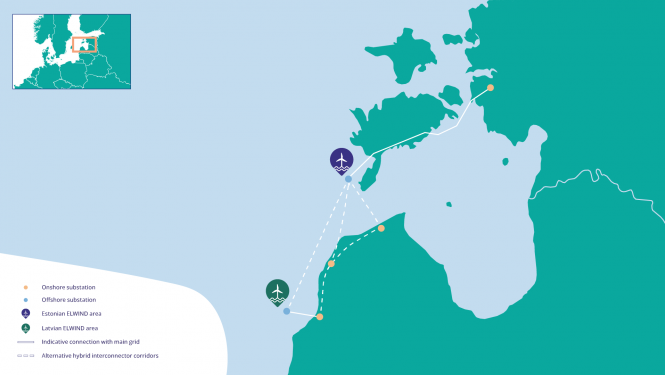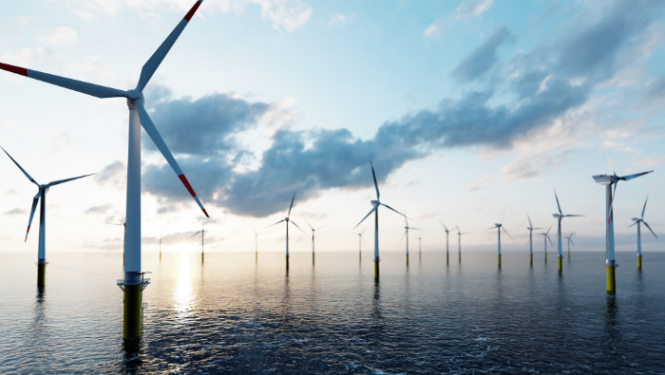The Latvian and Estonian rights for the construction of the ELWIND offshore wind farm are planned to be auctioned in 2026, which is why the Investment and Development Agency of Latvia (LIAA), together with the Environmental Investment Centre of Estonia, has submitted a project application to the Connecting Europe Facility (CEF) programme.
“After the project is approved, we will start studies for the optimal interconnection of the two countries' offshore wind farms, the construction of the electrical network infrastructure and a detailed study of the offshore wind farms. The total cost of the studies in both countries is expected to exceed EUR 30 million, half of which could be covered by the CEF. The CEF project is an important step in the preparation for the auction of the ELWIND offshore wind farm,” said Laura Štrovalde, Deputy Director for Investment at LIAA.
The project aims to carry out a study of the Latvian and Estonian offshore wind farm sites and the necessary interconnection infrastructure and will be implemented in partnership with the Environmental Investment Centre of Estonia.
The project is expected to include a feasibility study on the technical feasibility of electrical network connection points and interconnection, as well as both theoretical and geotechnical studies of offshore wind farms in both countries, which will provide the necessary information for the design and construction of offshore wind farms and related infrastructure.
The European Climate Infrastructure and Environment Agency (CINEA) will take a decision on the prepared project application by May 2023.
The ELWIND offshore wind farm will be a major project for the Baltic Sea region with a high economic and social impact and a total electricity capacity of up to 1000 MW. According to the results of the feasibility study, the Latvian offshore wind farm will be built on the Kurzeme coast between Liepaja and Ventspils, where studies have shown that conditions are most suitable for the development of a wind farm. The wind turbines will be built approximately 15 km from the coastline.
The project is being developed on the basis of the ecosystem approach introduced in Latvia to foster innovation and entrepreneurship and attract large-scale investment. It is a long-term project that will stimulate the development of sectors such as smart energy, ICT, smart materials and engineering systems. The cost of implementing the project will depend on various factors, such as expected inflation, availability of materials, the workload of the service providers and contractors involved. The total cost, which will mainly be financed by the investor, could reach several billion euros. However, it is already clear that the project will be profitable, as technological developments have made wind energy competitive even without national subsidies. Investors from Denmark, Germany, the Netherlands, and other countries with significant experience in such projects have expressed interest in the development of offshore wind farms.
The ELWIND project schedule foresees that all studies will be completed, and the necessary construction permits agreed by 2026. After that, it is planned to organise an auction for merchants willing to be involved in the future implementation of the project. 2030 is planned to be the deadline for project completion.





